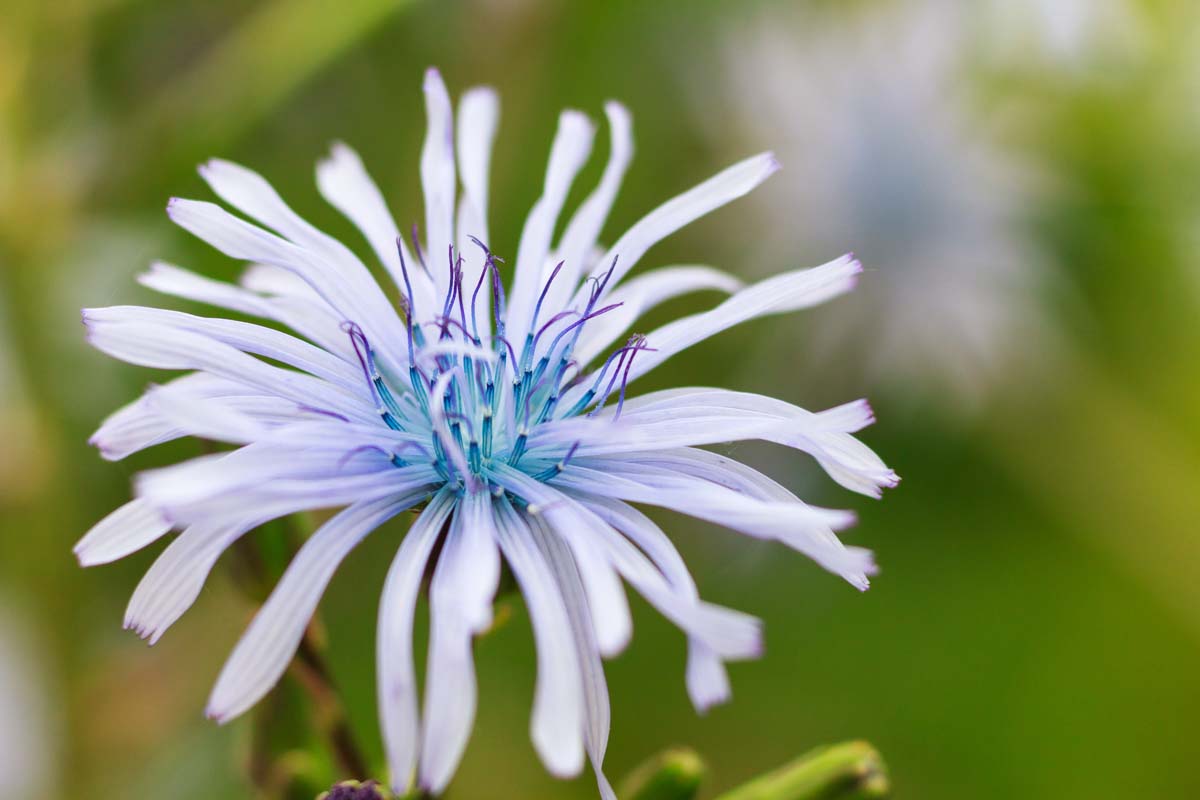Description
Cicerbita –
There are about 20 species of erect perennials, in this genus. They occur in Northern temperate zones in wooded ravines, and subalpine and moist, grassy meadows. They produce pinnatifid or pinnatisect, mid green leaves each with a large, 3 angled terminal lobe, and smaller, sharply pointed lateral lobes. The basal leaves are stalked, and the smaller stems leaves are stalkless and stem clasping, their sap is milky. Cicerbitas are grown for their corymb like panicles of numerous dandelion like flowers, these have strap shaped petals in blue, violet, lilac or occasionally yellow and are borne on branched stems from mid summer to early autumn. They are suitable for a large mixed or herbaceous border, or for naturalizing in a wild garden.
Grow in moist, fertile, humus rich, neutral to acidic soil in sun or partial shade. Divide in early spring.
Prone to mildew.
C. plumieri – Lactuca plumieri – Mulgedium plumieri – This clump forming, hairless perennial from the Pyrenees, Mountains of France, Western Central Europe and Southwestern Bulgaria grows 4 ½’ feet tall and 18″ wide. It produces mid green, basal leaves, 2-24″ long, blue green beneath. From mid summer to early autumn it bears erect, branching stems that carry panicles of blue flowers, 1 1/4″ across.
Zones 5-9





